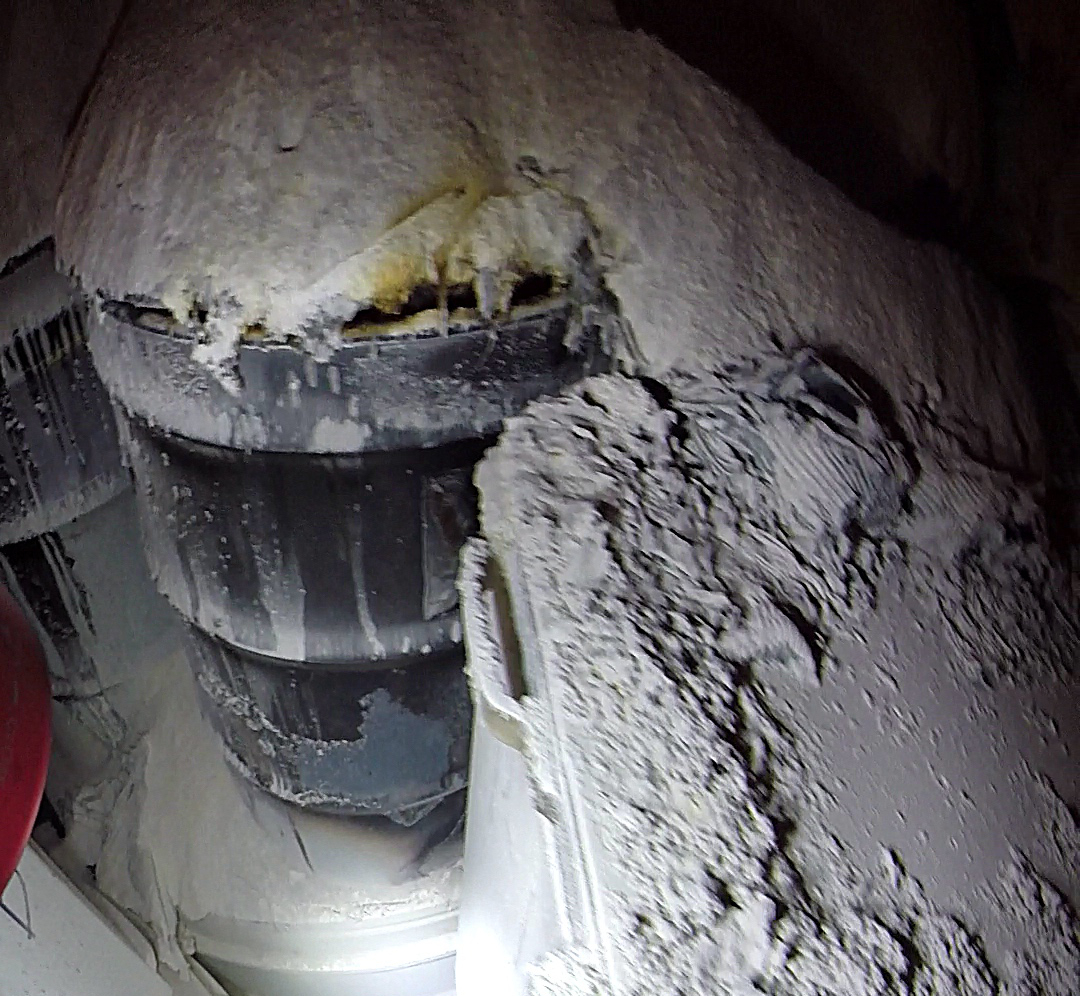In a recent post, I said that Hanford was the gift that keeps on giving and that I could blog on it full time. The situation at the Waste Isolation Pilot Plant near Carlsbad, New Mexico is not quite as bad but new information keeps coming out about their analysis of what caused the recent release of radioactive materials and what can be done to prevent a recurrence.
In my last post about WIPP, I talked about how problems with changes in absorbents added to waste drums may be the cause behind the release. The absorbents are added in order to bind up the nitrate salts in liquid wastes which contain ammonium nitrates. It is currently illegal to send liquid wastes to WIPP. It has been suggested that a switch from an inorganic absorbent to an organic absorbent allowed nitrate salts to precipitate out of solution and dry out. Dry nitrate salts are unstable and may have led to fires and explosions which released the radioactive materials. The released materials included particles of plutonium and americium which were detected in Carlsbad over twenty miles from WIPP. There have been reports of detection of such particles much further away.
Los Alamos National Laboratory (LANL) has been in the process of moving the last of thousands of drums of waste from decades of nuclear weapon production to the WIPP repository. Fifty seven drums of waste from the (LANL) were treated with the new organic absorbent. Two of those drums are known to be at WIPP. One of the drums inspected after the radiation release showed evidence of cracking and heat damage.
It is unclear where the rest of the fifty seven drums from LANAL are now. Some of the drums were transferred to a temporary storage facility in Texas after WIPP was closed due to the radiation release in February. Now that the investigation is focusing on the drums from LANL, all shipments of LANL waste have been halted. LANL has issued a statement that their drums are no threat to public health or the environment. They have begun placing the drums of waste in special containers and moving the containers under a dome equipped with a fire suppression system. They are carefully monitoring the temperature in the drums. I am unaware of any such precautions being put in place to handle the drums that have been shipped to Texas.
WIPP has been operating without serious accidents for fifteen years. During that time, compliance to safety standards has been slipping. One of the big problems with the absorbent/waste problem is that even a stringent adherence to safety standards would not have detected the buildup of the nitrates in waste drums with the organic absorbent. The problems at WIPP indicate that compliance to safety measures should be rigorously enforced regardless of how long a facility has operated without accidents. There is also a need for a more careful and thorough analysis of any proposed changes in the chemicals used to treat of nuclear waste.
Damaged waste drum at WIPP:
